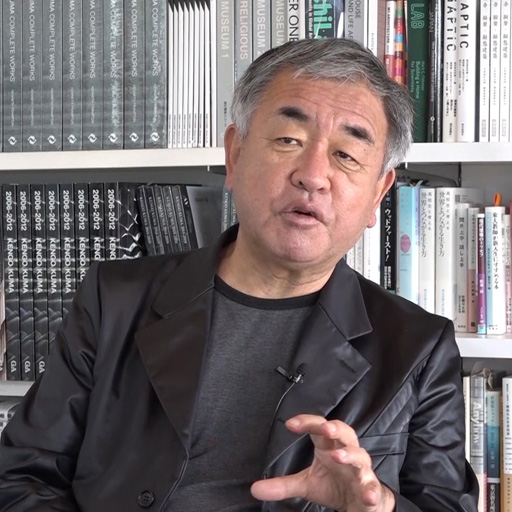#56 March 19, 2024
In November last year, “Japanese Architecture and Japan” (Iwanami Shoten), a book which I wrote over a period of eight years, was published. A talk to celebrate this was finally held at Books Ogaki in Azabudai Hills. The reason that it took so long for this talk to be held after the book was published consisted of my desire to talk with Ms. Ueno beforehand, and the fact that we had difficulty in finding a time when the two of us could get together.
Why did I really want to talk to Ms. Ueno? It may sound rather abrupt, but the truth of the matter is that this book would not have been created if I had not met Ms. Ueno 30 years ago.
My first book entitled “Jutaku-ron” (Theory of Housing) created the opportunity for our meeting each other due to the fact that she found the book interesting. She found the “Criticism of unfaced concrete” in “Jutaku-ron” which was frivolous, misdirected anger and lacking logic as amusing. This led her to inviting me who did not belong to the ocean or the mountains to become a panelist at a symposium based on the theme of the “Modern Family” sponsored by the Japanese anthropologist Tadao Umesao that was held at the National Museum of Ethnology.
I have been a big fan of Professor Umesao ever since I read “Savannah no Kiroku” (Record of Savannah) when I was in middle school, and he was a “god” to me who created the cue for me to go on a tip to explore the Savannah in Africa, but the book “Criticism of Modern Housing as a Repressive Device” by Chizuko Ueno was even more shocking than meeting my “god”, and my eyes were literally opened when I read “Patriarchy and Capitalism: The Horizon of Marxist Feminism” that she wrote. She clarified the background for the reasons that architects had a dislike for the unfaced concrete of “modern housing” that we designed with an air of importance.
The pioneering book entitled “Argument Against Necessity of Dedicated Housewives” by Professor Umesao formed the basis of my special feeling of aversion against the repression of women in the typical suburban “modern family”. This was the day that I finally understood the logic, and also the day when the future direction of my life was determined.
Therefore, “Japanese Architecture and Japan” which I wrote in such a manner as to finish an assignment 30 years after the fact, consists of my using architecture as the subject matter to express my views of feminism. I used the form of the theory of Japanese architecture and theory of Japanese culture to make the work presentable, but what I really wanted to write is a criticism of modernism as machismo architecture that was created based on male machismo in Japan.
I wanted to have this conversation with Chizuko Ueno in order to relay my appreciation to her. Chizuko Ueno brilliantly and astutely saw that this book was an auto-biography as well as a history of Japanese architecture.
I was deeply moved by the fact that there were quite a few Chinese women in the audience for our conversation. “Patriarchy and Capitalism” has been translated into Chinese, and “Jutaku-ron” (Theory of Housing) which I wrote has also been translated into Chinese and fondly read by many people in China. This confirmed the reverberation of various things, and made it an unforgettable conversation.


